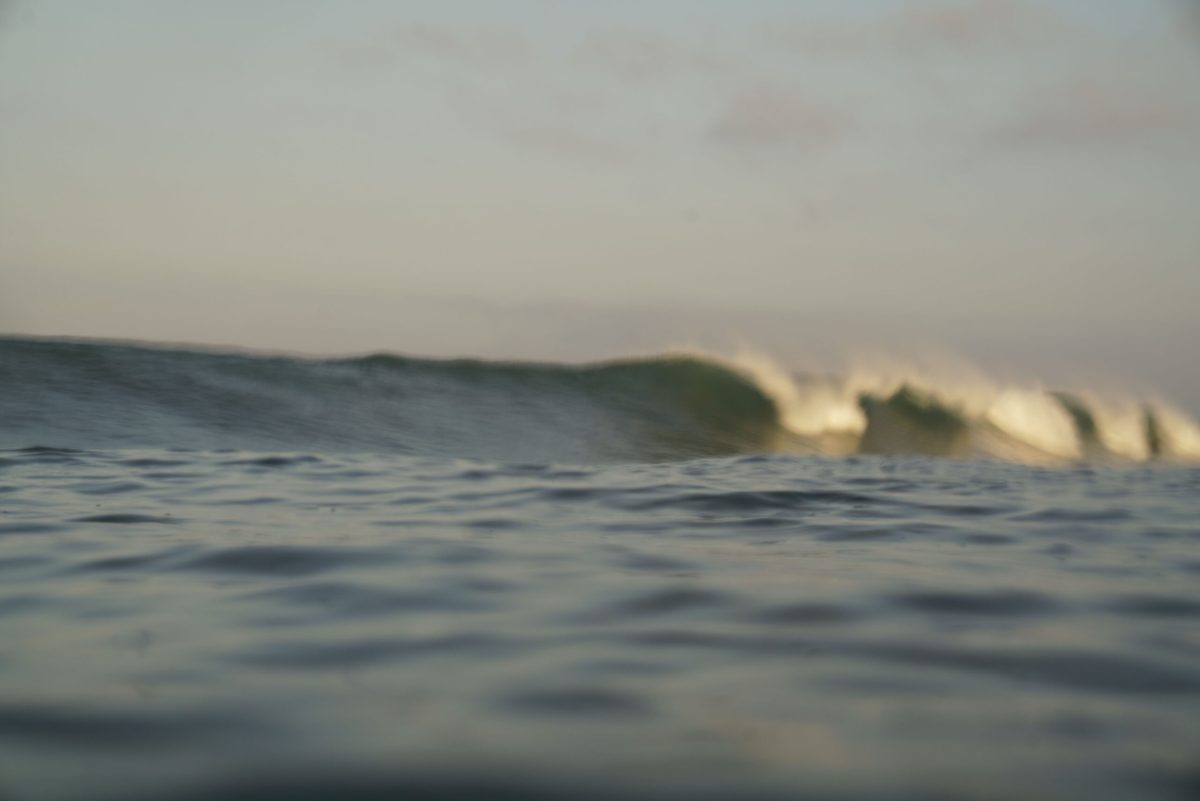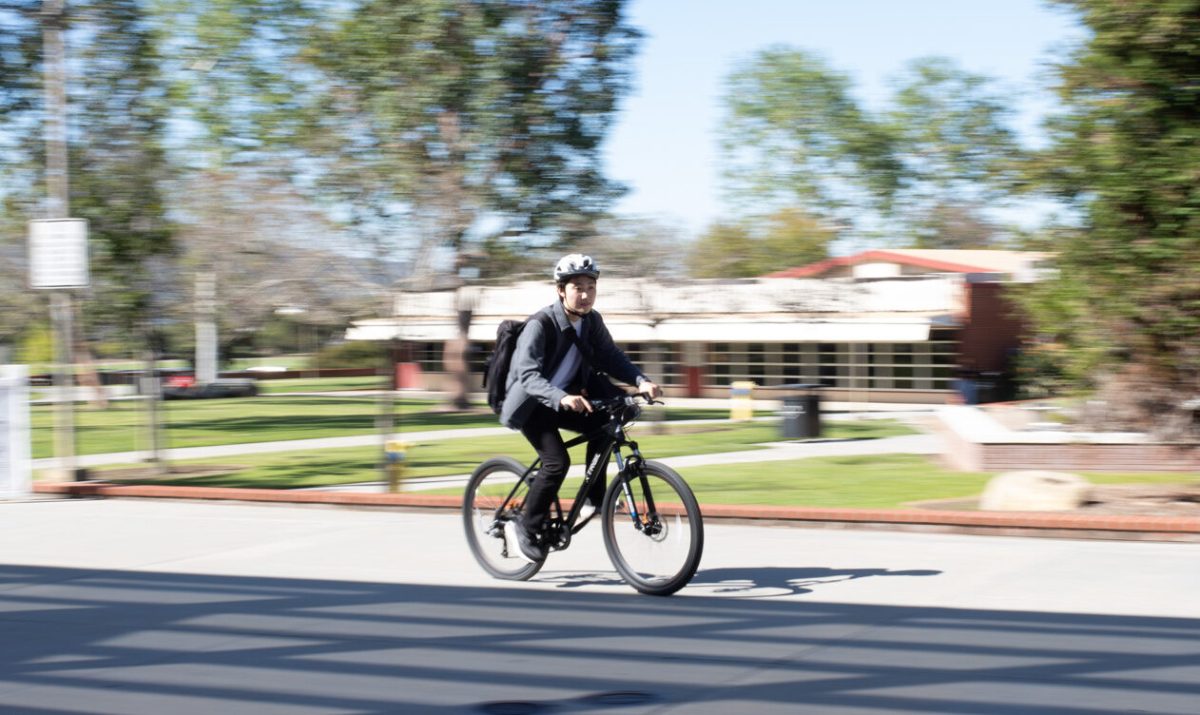Should we be doing more to protect our coastlines?
The feeling of going to the beach can’t be found just anywhere. The hot sand, chilly sea breeze, and California sunshine is just as stimulating as it
is relaxing. You can forget about the annoying minutiae of living by simply tanning on the beach. Your body feels as if it’s melting into the sand, along with all your worries and responsibilities. Time itself becomes an afterthought.
Warm, sandy coastlines are cherished by just about everyone who calls San Diego home. However, this region of San Diego is undergoing immense changes, some of which could pose a threat to future beach days forever.
For starters, the amount of runoff from the most recent winter storms has revealed a myriad of problems for preserving San Diego’s coastline, the most obvious of which is pollution.
While this is a given anytime it rains, it’s especially prevalent since this year’s rain season coincides with an El Niño event, a weather phenomenon occurring roughly every four years. The warm, moisture-rich air from the Southwestern Pacific shifts east, looming over South America and extending up to the Pacific Northwest. The air conditions amplify the moisture delivered from the atmospheric river that San Diego receives precipitation from during the winter, according to NASA Earth Observatory.
Although Southern California’s climate typically runs on the drier side, the region’s main source of precipitation comes from atmospheric rivers that travel across the Pacific. As a result, a greater number of these atmospheric rivers make landfall along the west coast.
The hydrological zone San Diego falls under received an average of 119% of its regular precipitation across all El Niño events between 1950 and 2018, according to a catalog published by Golden Gate Weather Services.
“This year is truly one of the wettest years ever,” said Beth Pearson, a biology professor at Palomar College.
This wouldn’t be so harmful if it weren’t for the amount of pollutants in the runoff. Oil from cars, waste from industrial sites, and various forms of litter end up in waterways that lead to our coastlines when these storms reach areas of heavy urban activity.
In North County alone, more than 60% of household owners have access to more than one vehicle, according to a San Diego County demographics profile.
“There are more people, more cars, more oil dripping on roads. All of those kinds of pollutants have probably increased,” said Pearson.
Rosana Aguilera, a research professional at Scripps Institution of Oceanography, said, “Coliform is found in fecal matter and is used to measure pollution levels in runoff water. It tends to increase after rain events.” Surfers, swimmers, and watermen in general are advised to avoid going in the ocean for three days after it rains for this very reason.
If the protocol for more common precipitation events is already this severe, the frequently intense rain periods accentuated by El Niño conditions could release unfathomable quantities of pollutants into coastal waters. Some of which could be classified as biohazards since they contain fecal matter.
The potential capacity this runoff has for carrying pollutants to the coast has never been greater, exacerbated by the sheer amount of rainfall San Diego has received.
“This winter we had some pretty regular storms coming in, and you know, there were a couple of days where I noticed the runoff and some of the places where the water rushes into the ocean from the street,” said Patrick Hoz, a regular beach goer who’s lived in Pacific Beach for 30 years. “It looked pretty bad and makes you not want to go in.”
To make matters worse, climate studies conducted by the geology department at the University of California Santa Barbara projected a 20% increase in the part atmospheric rivers will play in delivering precipitation along the Pacific coast.
“It’s made the extremes in our rainfall in San Diego more extreme, so longer periods of drought and then more intense periods of rain where we get floodings and things like we’ve seen this winter,” said Michael Deal, a biology professor at Palomar.
If all these factors contributing to coastal pollution are left unchecked, a predicament on whether beach days will be worth the exposure to said pollutants may be called further into question.
A few small-scale things people can do to mitigate this problem include fixing leaky cars, switching to water-wise landscaping, and refraining from littering. Another domestic source of pollution is washing non-eco-friendly chemicals down storm drains.
“Be careful about using soaps and solvents (or) washing those things in your yard and letting it just run off into the ocean,” said Pearson.
As San Diego has moved away from agriculture towards urban development, at least one pollutant has been greatly reduced: fertilizer.
When fertilizer enters the ocean, many coastal algal species inadvertently get fertilized, which can be harmful.
“In Florida, there have been cases where toxic algal blooms have gotten so intense that aerosolized toxin in the sea breeze blowing onto shore has caused respiratory issues for people,” said Michael Deal.
Although harmful algal blooms (HABs) are more common along the east coast of the US, there’s one local species that could pose a major threat to humans and coastal ecosystems alike.
“[Pseudo-nitzschia] can bloom and produces the domoic acid, and then seabirds start dying and marine mammals start getting sick,” said Pearson.
Even humans are at risk for domoic acid poisoning. According to an article published by the University of Washington Environmental and Occupational Health Services, there were multiple cases of poisoning along North America’s West Coast just last year. From one individual in Monterey to another all the way up in Canada even.
Although the amount of fertilizer in runoff has decreased, most local algal species are still blooming at an unusually high frequency due to changes in San Diego’s climate.
“It would make sense because we’ve had warmer and warmer oceans, and that favors those blooms a bit. So I’m not surprised. We’ve had more wet weather, which produces more runoff which (also) favors blooms,” said Pearson.
Fortunately, these blooms don’t tend to last more than a few weeks before they die off. Experts don’t anticipate rampant algal proliferation even with the steadily warming climate.
“Seasons aren’t going to stop happening. So there would be a limit to the bloom link just based on seasonal changes and day length,” said Pearson.
While most of the algal species are inconsequential to beachgoers’ overall health, their presence off San Diego’s shorelines is alarming nonetheless. In heavy concentrations, they can turn large chunks of coastline brown or red. Their more frequent blooming intervals are also a telltale sign of a rapidly changing climate, which could still have untold consequences for the environment and living conditions for San Diego residents.
“Address climate change,” said Beth Pearson as her final warning to readers.






































































